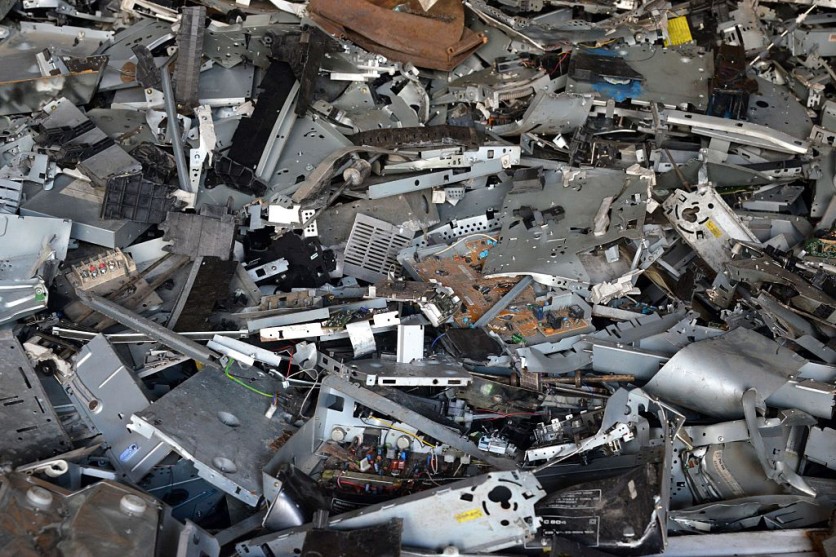A groundbreaking method of recycling electronic waste could revolutionize the extraction of precious metals for green technologies.
Gisele Azimi, a professor at the University of Toronto and an expert in urban mining innovations, has devised a technique that utilizes captured carbon dioxide to separate critical metals from items like batteries and wind turbine materials.
By employing this method, Azimi aims to address the limited availability of these valuable resources, which are crucial for transitioning to a carbon-free era.

Rare Earth Metals for Green Technologies
The conventional mining of rare earth metals, necessary components for green technologies, yields ores with concentrations of only 1 to 2%. In contrast, electronic waste offers a significantly higher rate of 20 to 38% for these metals.
Recognizing the potential of recycling in obtaining these vital resources, countries like Canada are embracing the importance of enabling a recycling-oriented society.
"These are the materials that are needed for transferring our society towards a carbon free era. But there are limited resources available for these materials," Azimi said in a statement.
Azimi's recycling method entails applying heat and pressure to carbon dioxide (CO2), resulting in its transformation into a supercritical fluid. This unique state allows the fluid to efficiently dissolve and extract critical metals from diverse sources.
One notable advantage of utilizing CO2 is that the conversion process can be initiated at a relatively low temperature of around 30 degrees Celsius.
In order to enhance their understanding and refine the supercritical fluid recycling process, Azimi's team collaborated with the Canadian Light Source (CLS) synchrotron located at the University of Saskatchewan.
Extracting Metals from Various Sources
At present, Azimi's method can extract metals from a range of sources, including car batteries, wind turbine magnets, and fluorescent bulbs. However, she and her collaborators are continuously pushing the boundaries of their technique to explore new possibilities for carbon-negative recycling.
In close collaboration with industry partners, they are testing the method and striving to improve its profitability. Furthermore, their future initiatives encompass the recovery of gold and copper from circuit boards, broadening the horizons of their environmentally conscious recycling endeavors.
By leveraging captured carbon dioxide and refining the process of extracting critical metals, Azimi and her team are driving the development of sustainable recycling practices.
Their approach may not only help address resource limitations but also promote the responsible use of electronic waste to support the growth of green technologies. The findings of the study were published in the journal Inorganic Chemistry.
Related Article : Grace Breeding's ProMagenTM (WDS Bio-Activator) Formula Boosts Yields by up to Six Bags of Soybeans per Hectare, Brazil Field Test Shows

![Apple Watch Series 10 [GPS 42mm]](https://d.techtimes.com/en/full/453899/apple-watch-series-10-gps-42mm.jpg?w=184&h=103&f=9fb3c2ea2db928c663d1d2eadbcb3e52)



